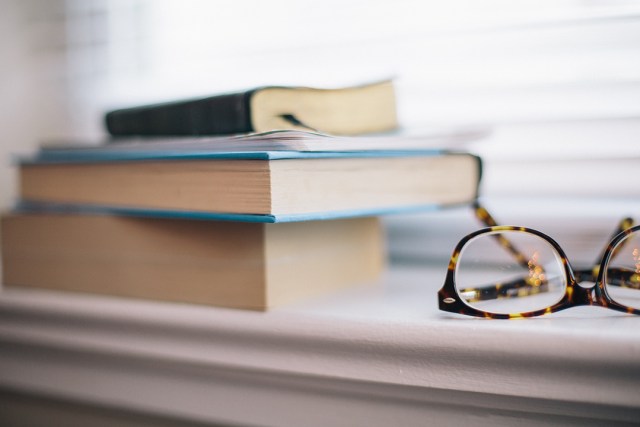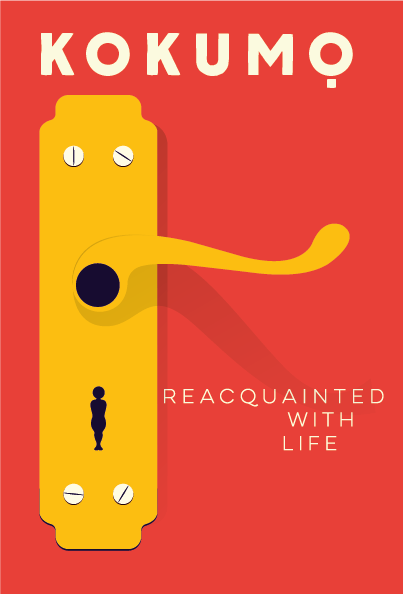
Hi and welcome to this week’s Lez Liberty Lit!
Things About Queer Books (And Other Books Relevant To Your Interests)
Nepantla: A Journal Dedicated to Queer Poets of Color issue three launches on September 16. At Lambda Literary, in an excerpt from a conversation in Nepantla, Brenda Shaughnessy discusses pouring your heart into poetry, how embarrassment can be useful, writer’s block, internalized homophobia and biphobia, and more:
“Time is such a mystery, a lie, a constraint, a waste, a miracle, a waiting game, a Jenga game, an accumulation of vanishings, a constant failure, and also all we have!
Our entire lives have to be fit inside this time we have. And when I think about how few years a beautiful poet like Max Ritvo had, and how many years we’ve been deprived of the live presence of Lucille Clifton, and how the recent loss of CD Wright is heavy with the weight of years and years of her poetry the world needs but that time didn’t allow for [….]
Poets can’t beat time. We are stuck in our timeline. The words we write will maybe have more time than we do, but we must find the time to write them, line after line after line, if only because there will be a last line, and we don’t want to have already written it.”
These comics prioritize female friendship. And here are seven all-ages LGBTQ graphic novels to top off your to-read pile.
Kokumo, a Chicago-based activist and artist, has released her first poetry book, Reacquainted with Life. In an interview at Lambda Literary, she says: “This book has been in me my whole life. And I’d say what inspired it was the need to celebrate the genius of how I survived and survive a world that is consistently telling me I’m not welcome.”

Power & Magic, a comics anthology about queer witches of color, is now available for preorder!
Book coverage isn’t viral but it is important.
Hidden Figures, a new discussion of the Black women who worked at NASA starting in the 1940s by Margot Lee Shetterly, will help to rectify a gap in the historical record.
“What do you do, if you are a poet who has never ‘been comfortable with autobiographical material’?” Poet Monica Youn has some answers.
There are not enough books published for kids of color. At Book Riot, Justina Ireland looks at young adult releases to see what’s actually out there, and the numbers are bleak:
“There are a few conclusions we can draw from this data, but the most obvious is that while Asian representation is closest to parity (6% as of the last Census), Black and Latin@ are sorely lacking (Census percentages are 14% and 17%, respectively). Biracial representation is also overstated at ~5% of September’s YA books, since Census numbers put this at closer to 2.5% of the population. The prevalence of biracial characters being white and another race seems to indicate, like the multicultural, multi-POV casts, that white authors are more comfortable writing about minority groups when they can make them partially white.”
The liberal arts are fading.
More Americans read print books than ebooks, and on average read 12 books a year.
At Lit Hub, Emily Books’ Emily Gould and Ruth Curry ask, “what is women’s writing?“: “From a publishing-industry perspective, we hear a lot about “women’s fiction,” which makes sense as a marketing category, but is also ridiculous—when you look at the data about who buys books, nearly all fiction is ‘women’s fiction.’ So if women are the audience for most books, why has it taken so long for women’s subjectivity to be accurately portrayed in memoir and fiction?”
Not all books have to be page-turners.
At Out, essayist Chloe Caldwell discusses her latest collection, being a grownup, queerness and more.
At Hazlitt, Morgan Jerkins writes about reading bored white girls, noting:
“After finishing The Girls, I realized I do not read about white women’s lives in the same manner in which I read about the lives of women of color. The former is an escapist route for me. These white female characters have everything: family, money, friends, and societal reinforcement that they are better than rest. And yet, they still want to ruin themselves, and the writers often do not explain why. Is it the danger that their whiteness does not afford them? Is there this subconscious awareness of their privilege that causes them to try to step outside of it so that they can be seen more as individuals than as parts of white hegemonic structures? I can only interrogate. But in my position as a black female reader, I pour into stories and leave them feeling more stupefied than full, wondering if boredom in literature is another form of white privilege—one that women of color cannot access as society’s direct adversaries. Therefore, they need to struggle in a multitude of ways that serve as a background for further intersectional study. For white female characters, I am not so sure: their destruction is described as one of their own volition. It is a destruction in which a world wants them to exist, a world in which they are the standard for beauty, purity, and innocence, and they reject that world by disappearing. For women of color, it is the opposite, and that makes all the difference.

Book Things To Do
31 October, online: Submissions for #Trans, an anthology about trans and non-binary experience, are due.
Know of a queer event with literary merit? Send it to us! The Liberty Lit is bi-weekly.







